Finding Draw Plate Gauge
Question:
Hi, I'm wondering what the gauges are in wire jewelry, and what the increment between each gauge is. I have a draw plate, but the holes aren't marked, so I don't know the sizes or increments. Thank you.
Hi, I'm wondering what the gauges are in wire jewelry, and what the increment between each gauge is. I have a draw plate, but the holes aren't marked, so I don't know the sizes or increments. Thank you.
Instructions
Answer:
Hi Mollie,
Most wire jewelry uses gauges ranging from 14-gauge (thick) to 28-gauge (thin), though some designs may use even thicker or thinner wire.
The higher the number, the thinner the wire. I remember it by picturing a small tube lots of thin wires like 28-gauge can fit, but only a few thick ones like 12-gauge.
Wire jewelry patterns typically use even-numbered gauges, plus 21-gauge.
In North America, wire is usually measured using the American Wire Gauge (AWG) system.
Wikipedia offers helpful details on how this system works, including how sizes are calculated and some handy rules of thumb.
Here on WireJewelry.com, we have a handy page for finding the diameter (width) of the wire in inches and millimeters. Simply go to our Resource Center and look under "All About Wire" it's called Wire Gauge & Footage Charts. The first two charts are for converting the weight of wire to footage (because some people are used to ordering wire by the ounce or the pound, and we offer jewelry wire by the foot); the last chart will help you convert AWG to inches and millimeters.
To determine the gauge of a hole in your draw plate, measure its diameter using a millimeter ruler, wire gauge tool, or caliper.
Then, use the chart I mentioned earlier to convert the millimeter measurement to AWG.
Keep in mind that many draw plates are chamfered, meaning the hole is wider at the entry point and tapers to a smaller finished size.
I hope this helps!
Hi Mollie,
Most wire jewelry uses gauges ranging from 14-gauge (thick) to 28-gauge (thin), though some designs may use even thicker or thinner wire.
The higher the number, the thinner the wire. I remember it by picturing a small tube lots of thin wires like 28-gauge can fit, but only a few thick ones like 12-gauge.
Wire jewelry patterns typically use even-numbered gauges, plus 21-gauge.
In North America, wire is usually measured using the American Wire Gauge (AWG) system.
Wikipedia offers helpful details on how this system works, including how sizes are calculated and some handy rules of thumb.
Here on WireJewelry.com, we have a handy page for finding the diameter (width) of the wire in inches and millimeters. Simply go to our Resource Center and look under "All About Wire" it's called Wire Gauge & Footage Charts. The first two charts are for converting the weight of wire to footage (because some people are used to ordering wire by the ounce or the pound, and we offer jewelry wire by the foot); the last chart will help you convert AWG to inches and millimeters.
To determine the gauge of a hole in your draw plate, measure its diameter using a millimeter ruler, wire gauge tool, or caliper.
Then, use the chart I mentioned earlier to convert the millimeter measurement to AWG.
Keep in mind that many draw plates are chamfered, meaning the hole is wider at the entry point and tapers to a smaller finished size.
I hope this helps!
Materials

Wire
Tools

Wire Gauge by Euro Tool
GAU-144.10
- GAU-144.10
- Lesson Quantity: 1.00 pieces
- Purchase Quantity: 1.00 each
- Price: $13.97
- Gold Club Price: $10.48
- Category: General Education
- Technique(s): Wrapping







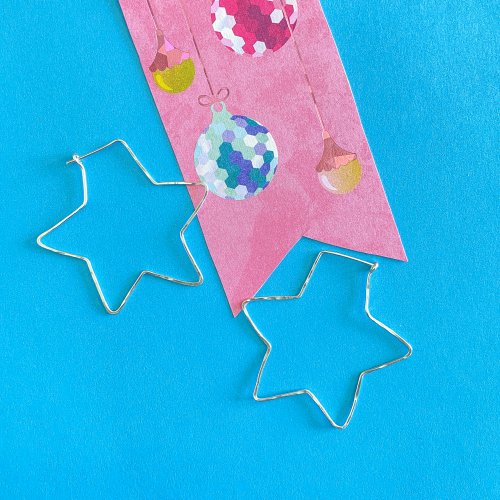
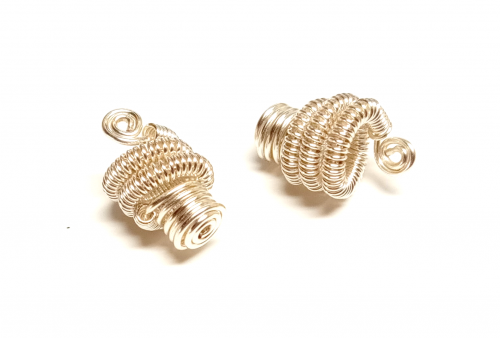
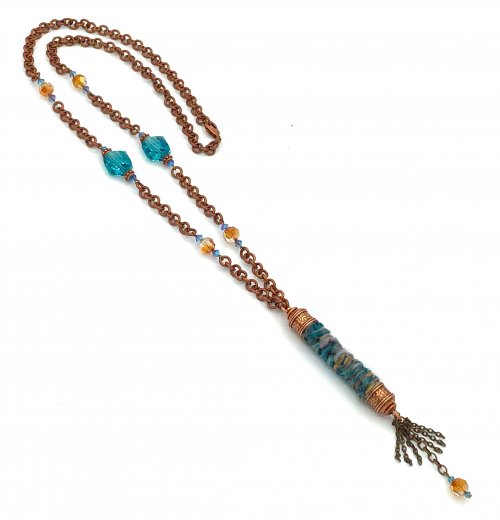

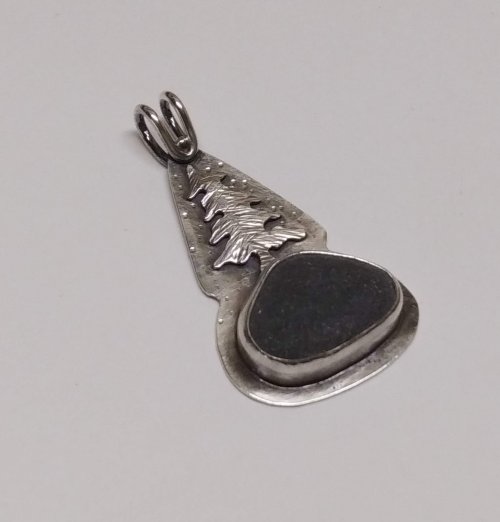
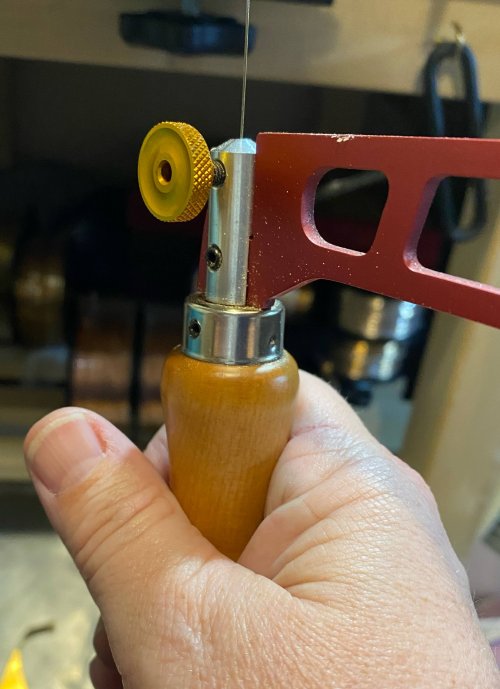
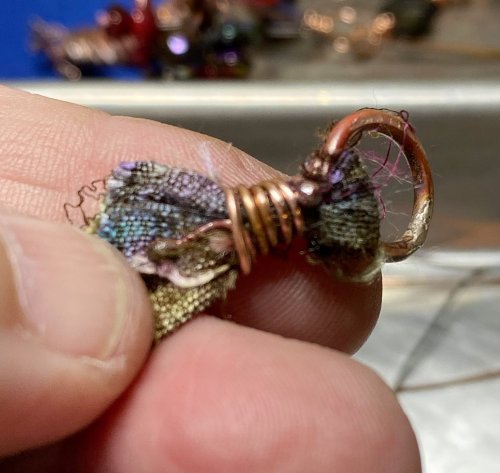
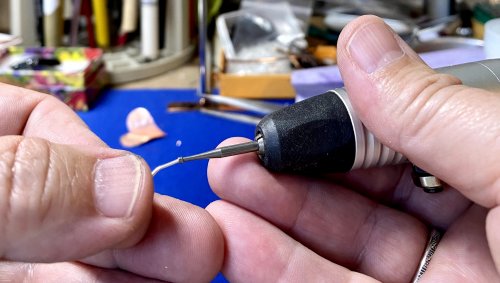
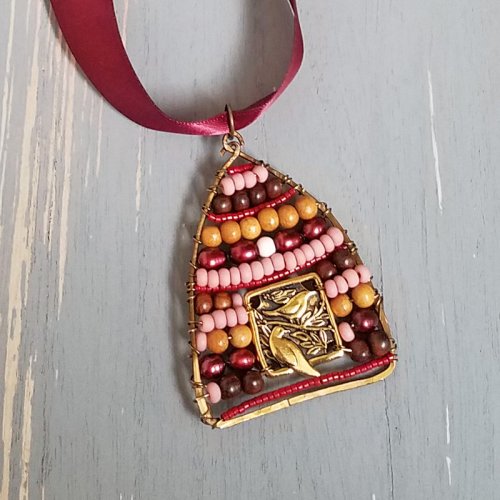
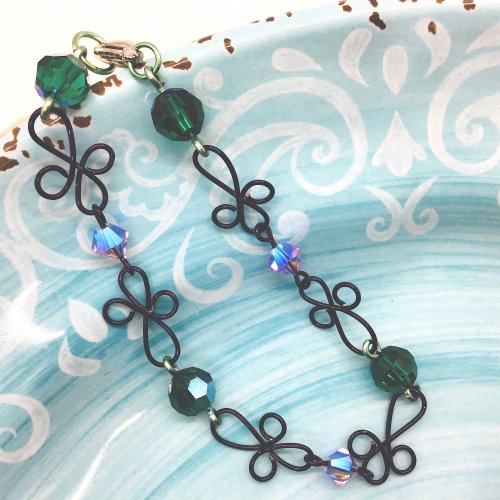

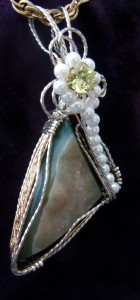
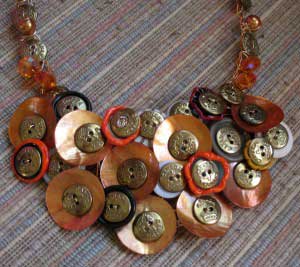
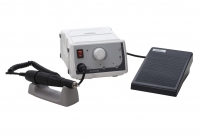 You Will Never Use a Flex Shaft Again
You Will Never Use a Flex Shaft Again
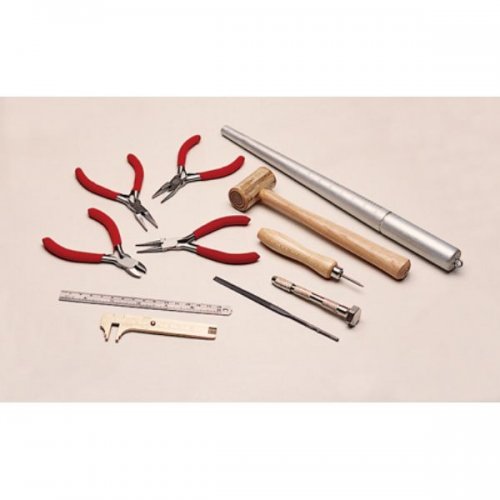 Wire Working Basics
Wire Working Basics
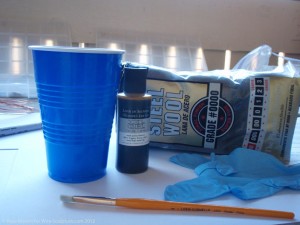 How to Use Liver of Sulfur
How to Use Liver of Sulfur
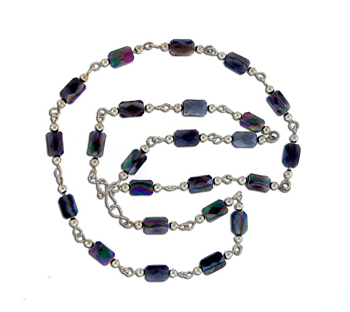 Beading Wire
Beading Wire
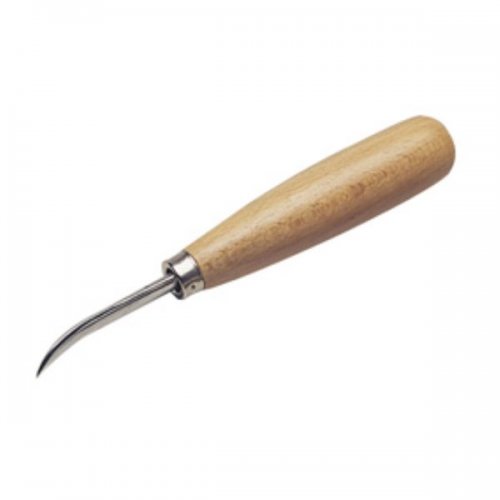 Stone Setting and Burnishers Wire Jewelry Tool Tip
Stone Setting and Burnishers Wire Jewelry Tool Tip
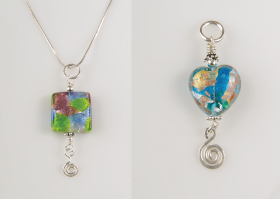 Handmade Venetian Glass Beads
Handmade Venetian Glass Beads
 Basic Wire Wrapping Formulas
Basic Wire Wrapping Formulas
 Featured Tool - Small Benchtop Drill Press
Featured Tool - Small Benchtop Drill Press
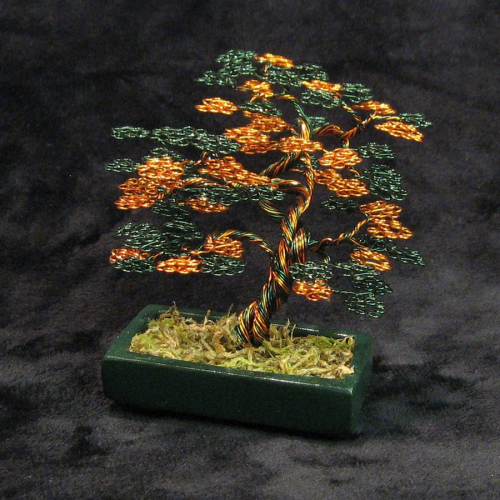 Colored Craft Wire Creations
Colored Craft Wire Creations
 Creating with Handmade Venetian Glass Beads
Creating with Handmade Venetian Glass Beads
 Crystal Skulls Mysterious and Beautiful
Crystal Skulls Mysterious and Beautiful
 Crystal Skulls are Skyrocketing
Crystal Skulls are Skyrocketing
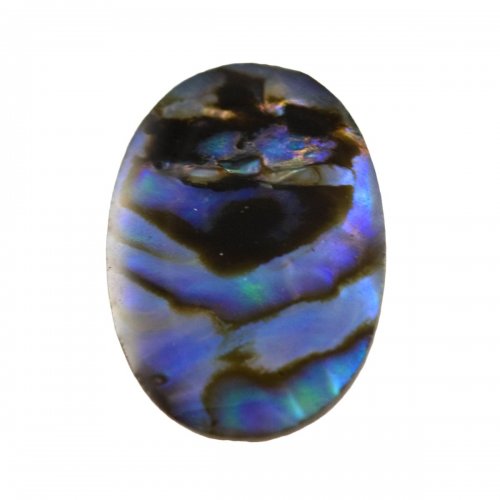 What are Abalone and Paua Shells
What are Abalone and Paua Shells
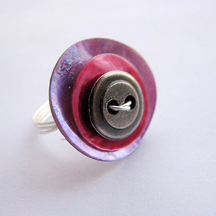 Button Wire Jewelry Ideas
Button Wire Jewelry Ideas
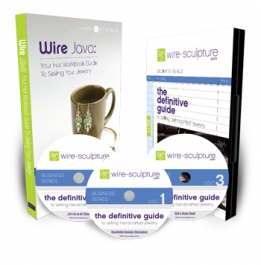 Copyright and Wire Jewelry Designs
Copyright and Wire Jewelry Designs
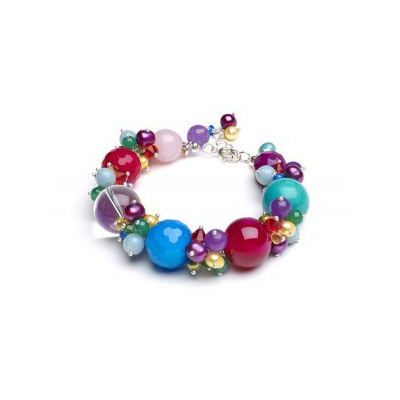 Designing Bold Summer Bracelets
Designing Bold Summer Bracelets
 Dual Size Round Nose Pliers
Dual Size Round Nose Pliers
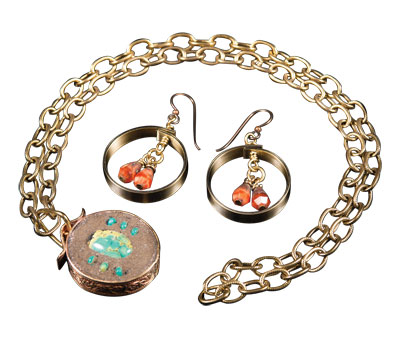 EnCapture Artisan Concrete and Open Back Bezels
EnCapture Artisan Concrete and Open Back Bezels
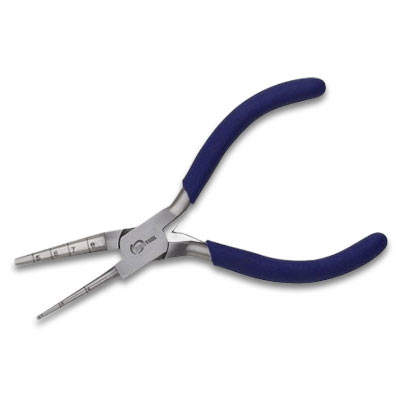 Featured Tool - AccuLoop Precision Pliers
Featured Tool - AccuLoop Precision Pliers
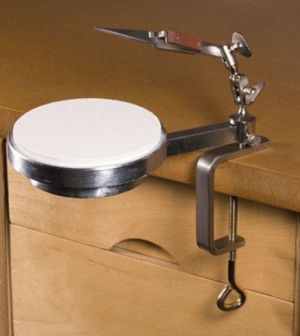 Featured Tool - Heetrix Soldering Platform
Featured Tool - Heetrix Soldering Platform
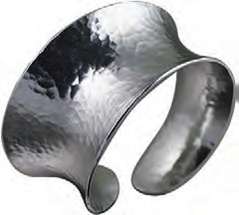 Featured Tool- Miland Pliers
Featured Tool- Miland Pliers
 Featured Tool - C.H.P Milano Italian Flush Cutters
Featured Tool - C.H.P Milano Italian Flush Cutters
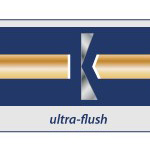 Featured tool - Wire Cutters for every work bench
Featured tool - Wire Cutters for every work bench
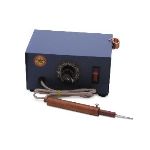 Featured Tool - Wax Casting Supplies
Featured Tool - Wax Casting Supplies
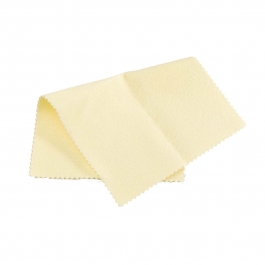 Helping your Silver Jewelry Survive the Summer
Helping your Silver Jewelry Survive the Summer
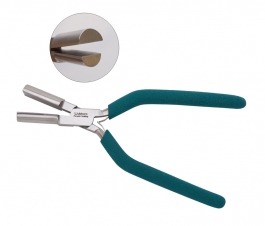 Inspired Wire Creations by Patti Bullard
Inspired Wire Creations by Patti Bullard
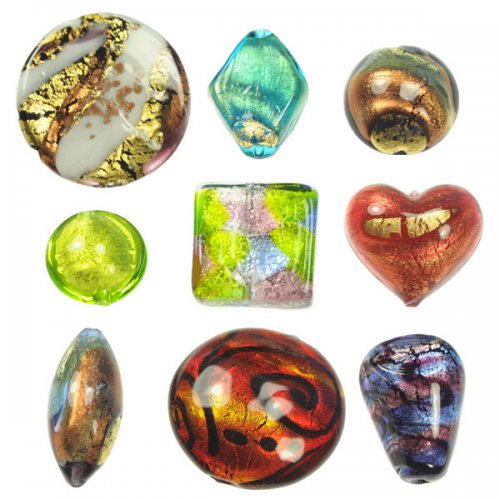 Jewelry Making Design Tips
Jewelry Making Design Tips
 Featured Tool - Sheet Metal Disc Cutter
Featured Tool - Sheet Metal Disc Cutter
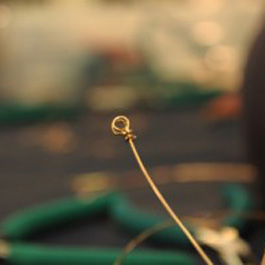 Double Wrapped Loop
Double Wrapped Loop
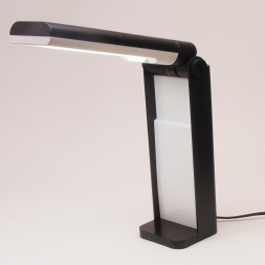 Magnifying Tools
Magnifying Tools
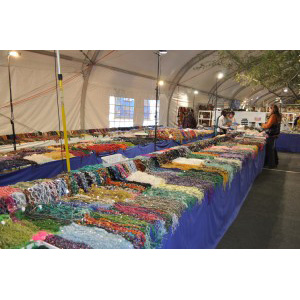 Make Your Own Jewelry to Match Whatever
Make Your Own Jewelry to Match Whatever
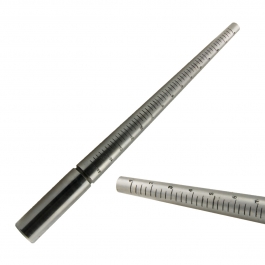 Featured Tool - Mandrels
Featured Tool - Mandrels
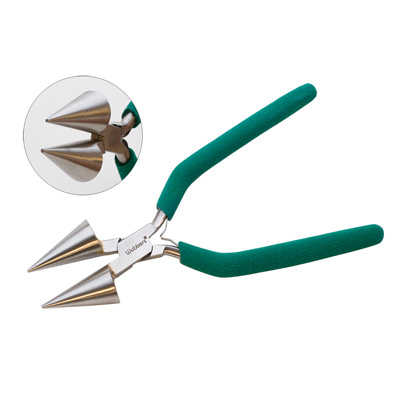 Featured Tool - Jumbo Tapered Round Wubbers
Featured Tool - Jumbo Tapered Round Wubbers
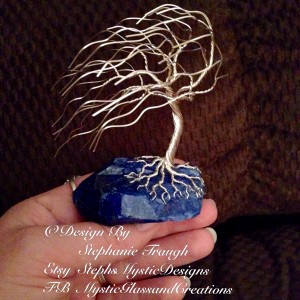 Planting Trees
Planting Trees
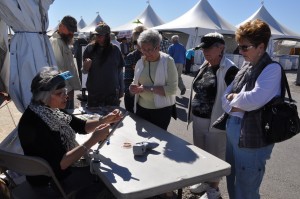 Pointers To Get The Attention At The Craft Show
Pointers To Get The Attention At The Craft Show
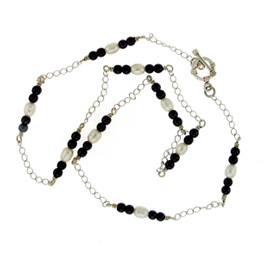 Quick Holiday Gifts
Quick Holiday Gifts
 Spring Cleaning... Ring Cleaning
Spring Cleaning... Ring Cleaning
 Texturing with everyday objects
Texturing with everyday objects
 The Birth of 200 Thousand Jump Rings
The Birth of 200 Thousand Jump Rings
 Tips for Wire Wrapping a Cameo
Tips for Wire Wrapping a Cameo
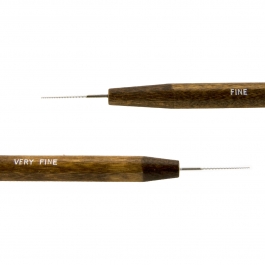 What is a Bead Reamer
What is a Bead Reamer
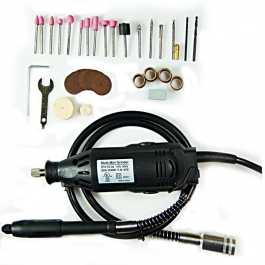 What is a Rotary Tool
What is a Rotary Tool
 What type of Wire Should I Use
What type of Wire Should I Use
 6 InsPIrations for Pi Day
6 InsPIrations for Pi Day
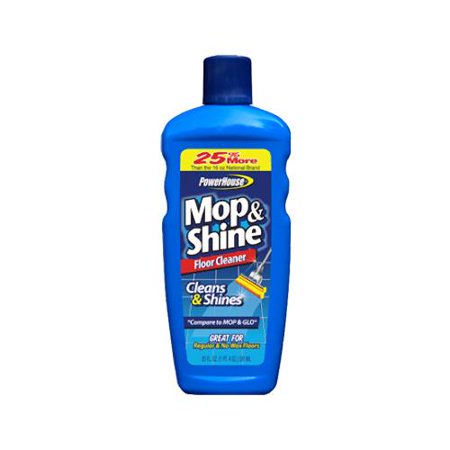 Coating Base Metal Wires to Preserve Shine
Coating Base Metal Wires to Preserve Shine
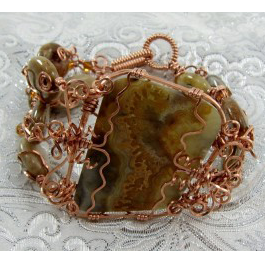 Try, Try Again
Try, Try Again
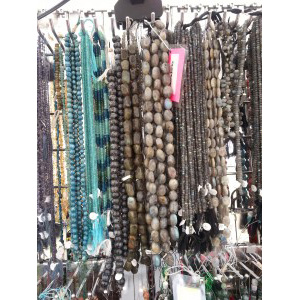 How Many Beads in a Strand
How Many Beads in a Strand
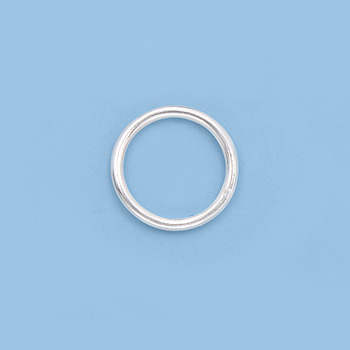 Jump Ring Measurements
Jump Ring Measurements
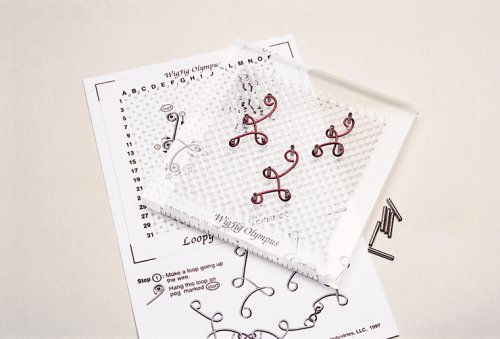 What is a Jig
What is a Jig
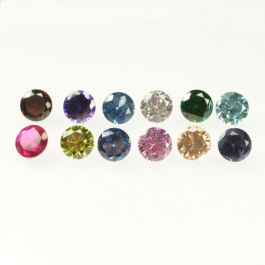 Birthstones and Gemstone Chart
Birthstones and Gemstone Chart
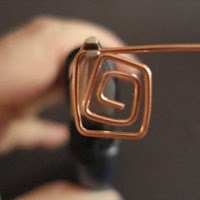 How to Make Square Spirals
How to Make Square Spirals
 111111 Restock Faster with My Account Feature - needs updating
111111 Restock Faster with My Account Feature - needs updating
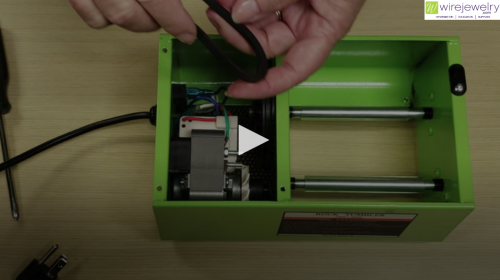 How to change the belt on your Tumbler
How to change the belt on your Tumbler
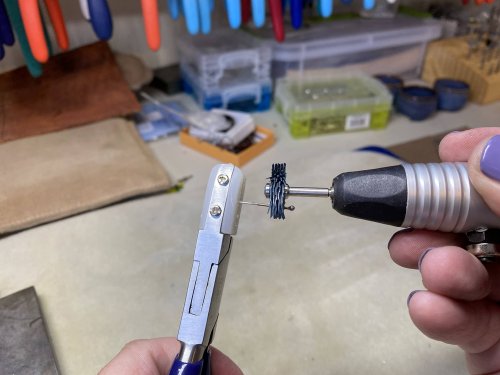 Test Gavin
Test Gavin
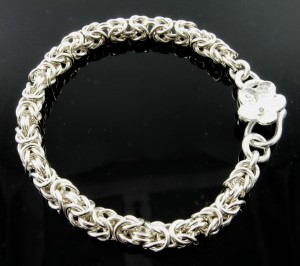 Top 5 Weaves for Chain Mail Beginners
Top 5 Weaves for Chain Mail Beginners
 What Does 14-20 Gold Filled Mean
What Does 14-20 Gold Filled Mean
 Why is my Sterling Silver Magnetic
Why is my Sterling Silver Magnetic
 Brazed Armature Pendant
Brazed Armature Pendant
 Make Perfect Loops Settings For Your Projects with Skewers
Make Perfect Loops Settings For Your Projects with Skewers

